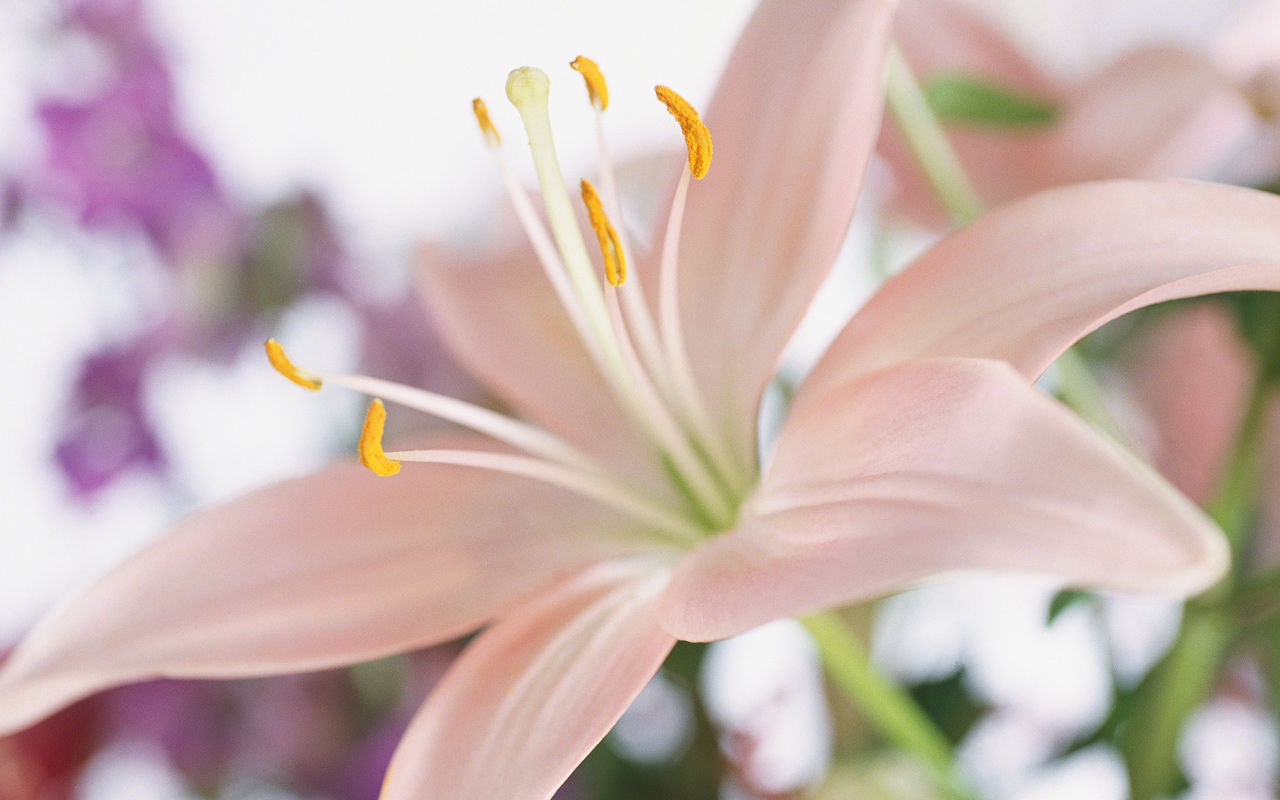
archa orchids
The new beginning...

Oncidium
-
Light
This is one of the few orchids that actually thrives on a few hours of direct sunlight each day. Oncidiums’ sun tolerance puts the other orchid types to shame. Put plant in an east or west facing, window (preferable with a sheer or Venetian blind covering it) where it can soak up the sun’s indirect but abundant rays. Dark green leaves indicate inadequate light exposure.
-
Temperature
This group is classified as intermediate to warm, meaning that the plants can withstand 55° at night and 85° in the day. Oncidiums have been known to tolerate temperatures as high as 100° if there is sufficient air movement (a gentle fan preempts several orchid diseases and even pest infestation).
-
Water
Rather than watering by a weekly schedule, physically check the plant. Refrain from watering until potting mix is dry half way through. Check water levels by pushing a popsicle stick or bamboo skewer into the mix and checking the end to see if it’s wet or not. This frequency could wind up being every other day (during growing season) to once a week or every two weeks (dormancy). Water Oncidium less during summer dormancy. Keep in mind that plump pseudo bulbs indicate a healthy, adequately watered plant, where shriveled bulbs indicate a need for more water.
-
Fertilizer
If plant is in bark (which is typical), use high-nitrogen (30-10-10) during growing season. Otherwise use a balanced fertilizer (20-20-20). That said: rather than fertilizing weekly as you would with Phalaenopsis, fertilize every other week in half-strength and make sure to flush the fertilizer with clear water once a month. Fertilize more during sunny conditions which lead to photosynthesis and more energy use by the plant. The bigger the plant, the more fertilizer needed.
Growth: Fast-growing.
Blooming: While they can vary, Oncidium orchid blooms from August to September. Blooms last for up to two months.